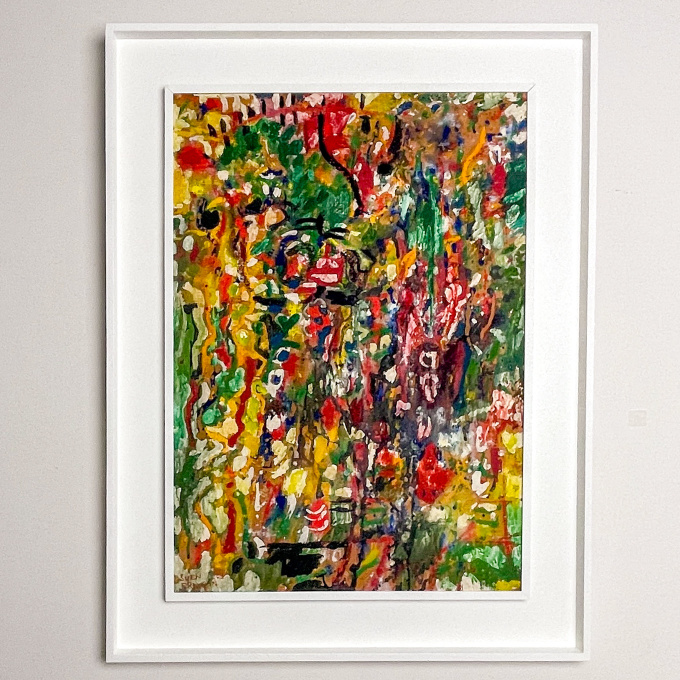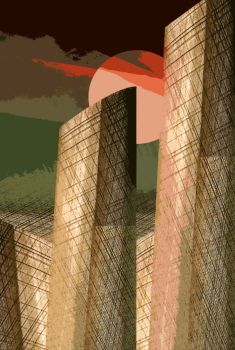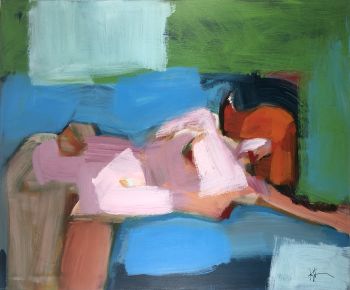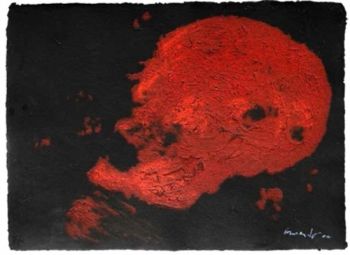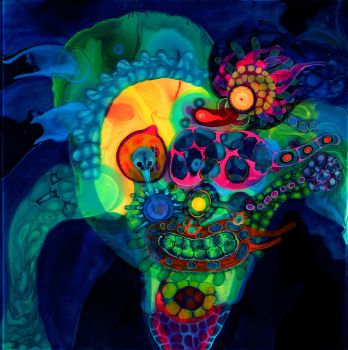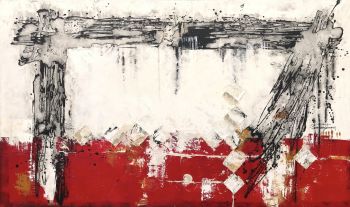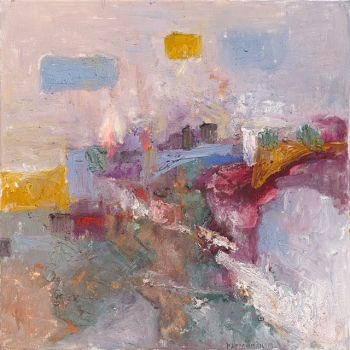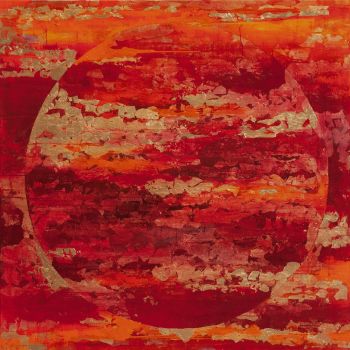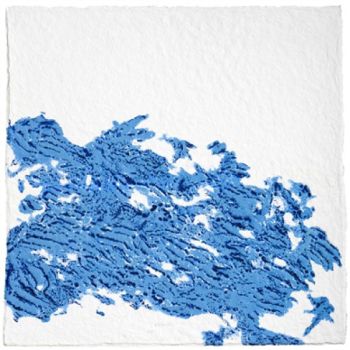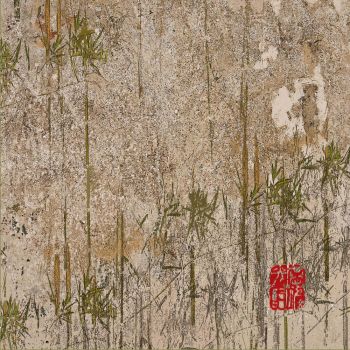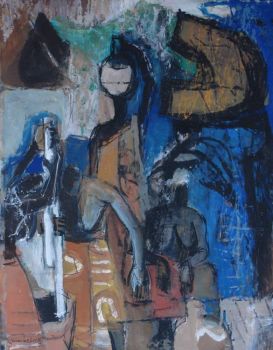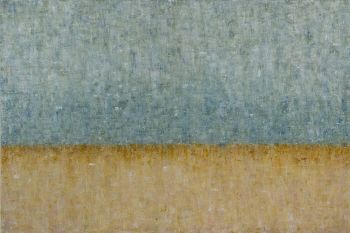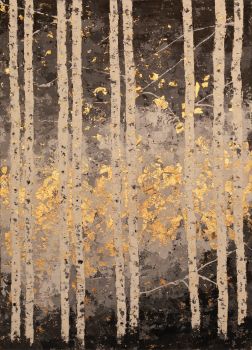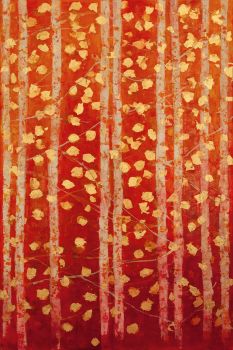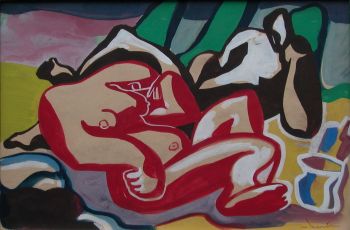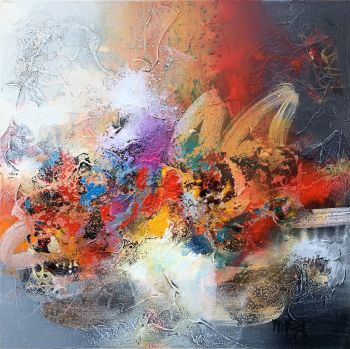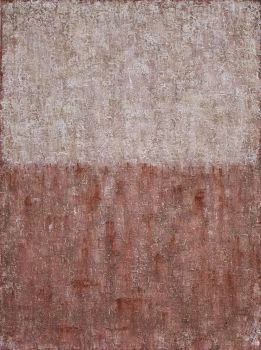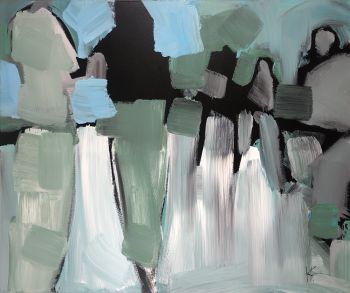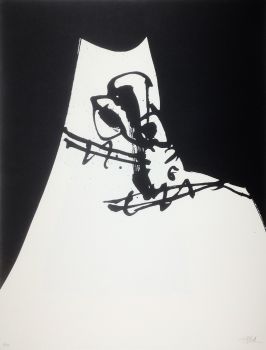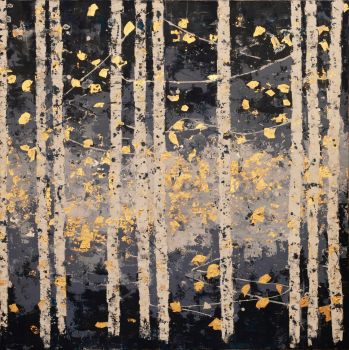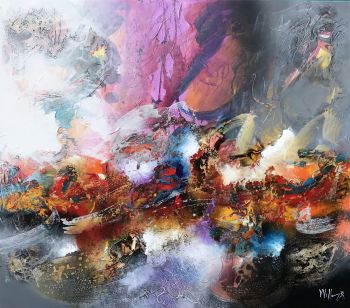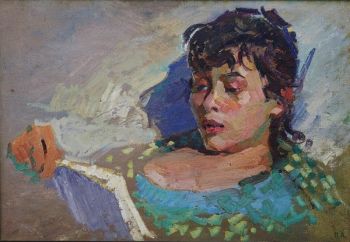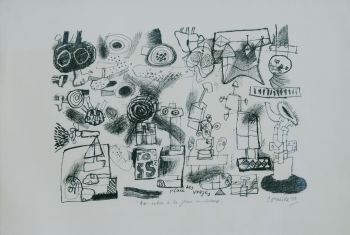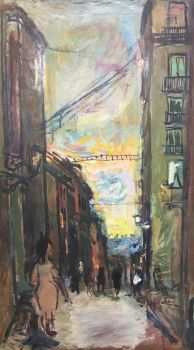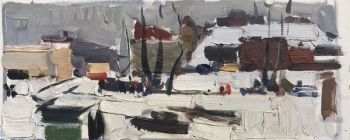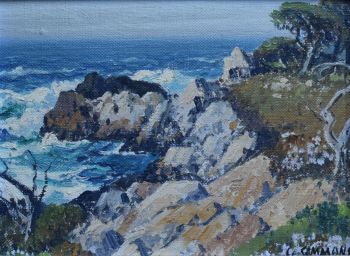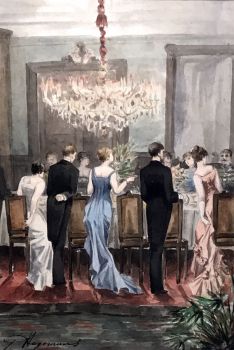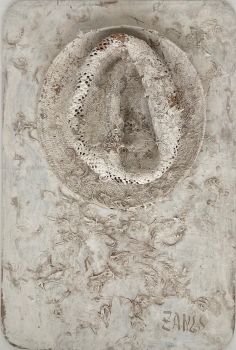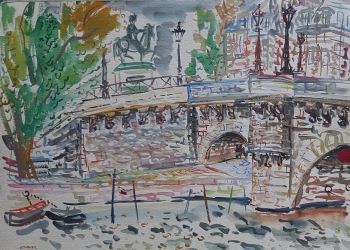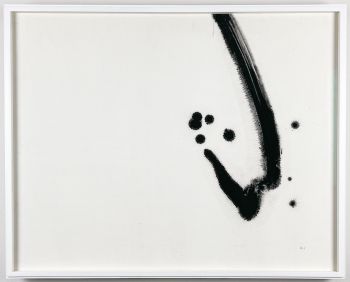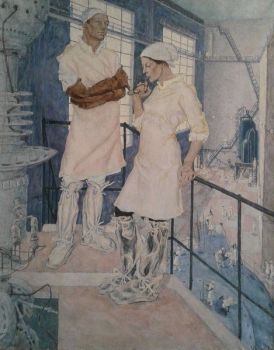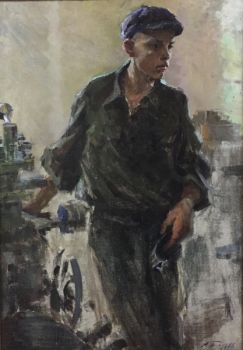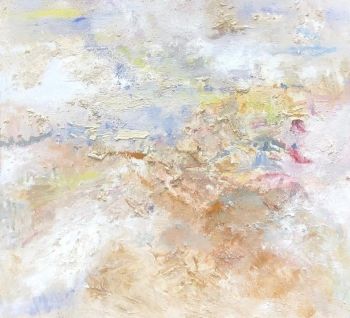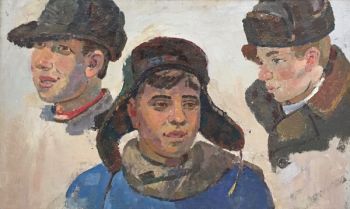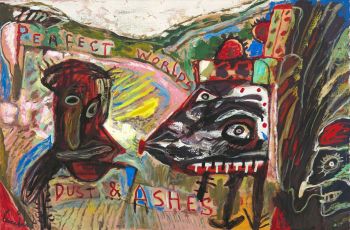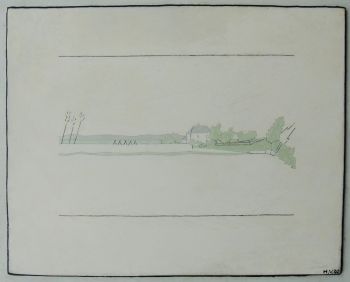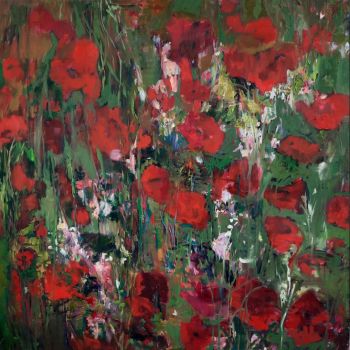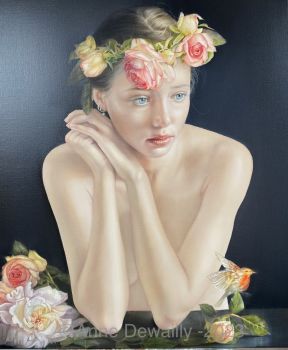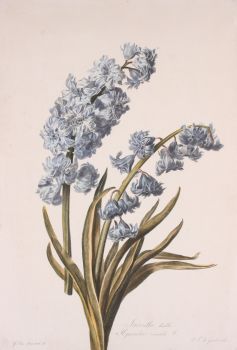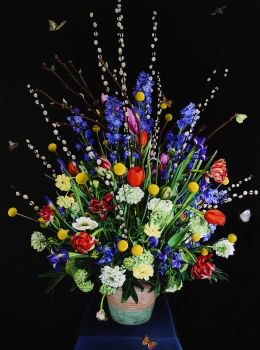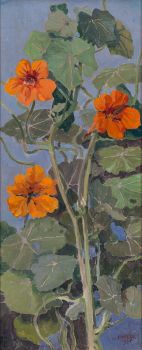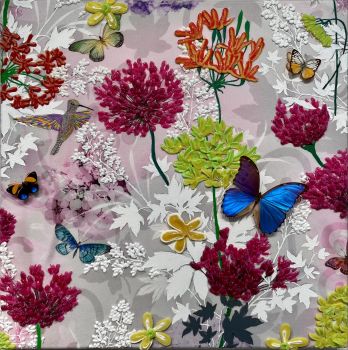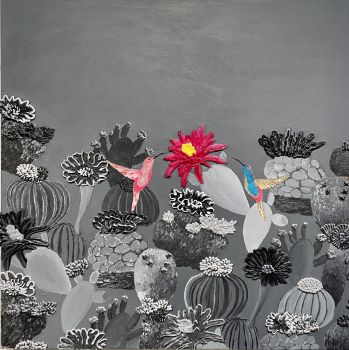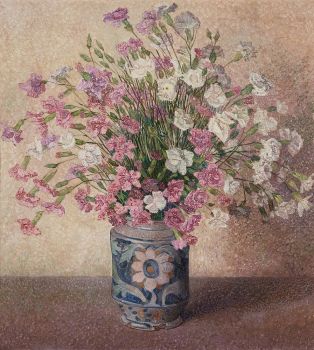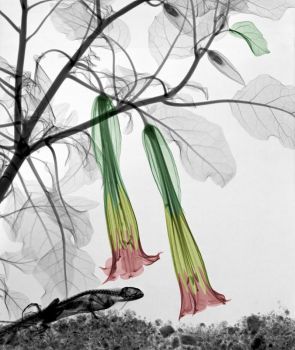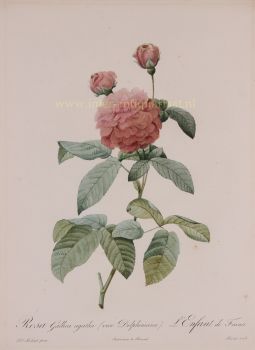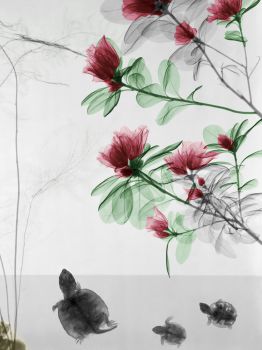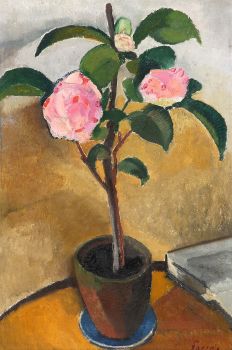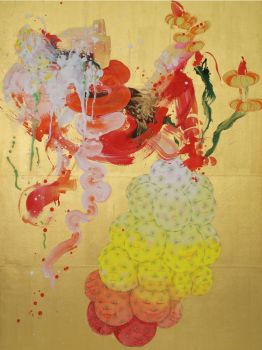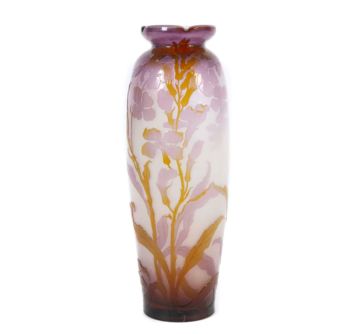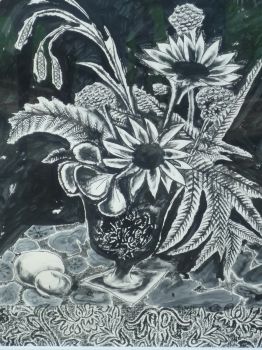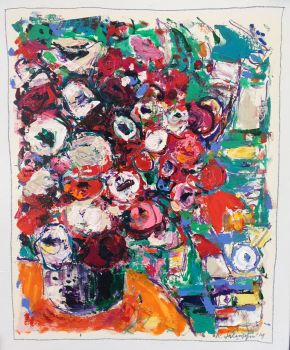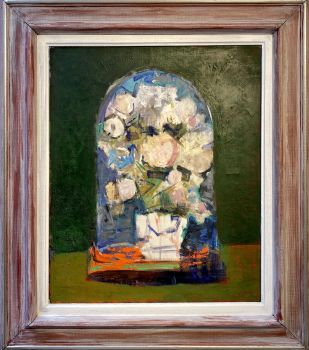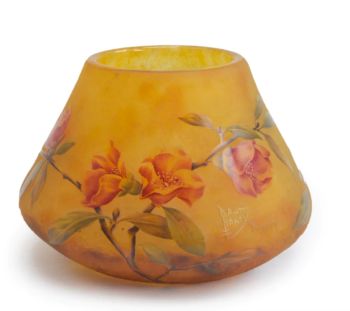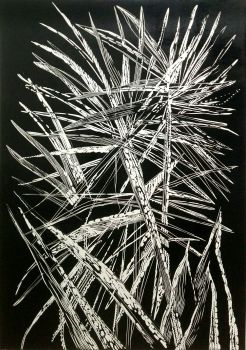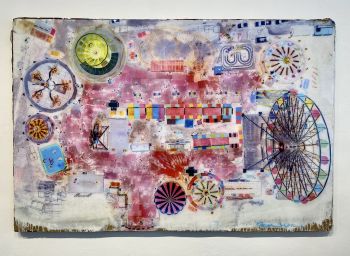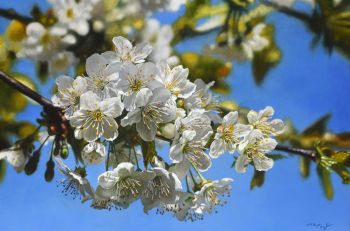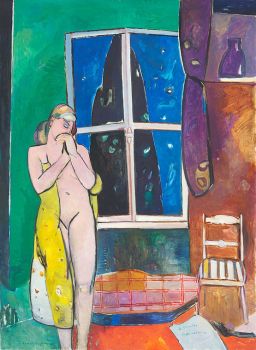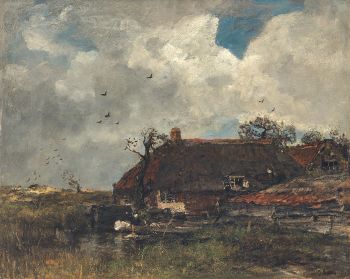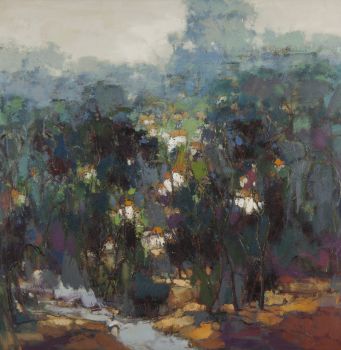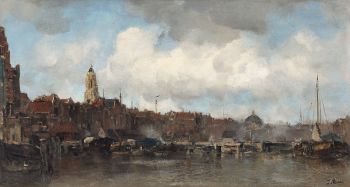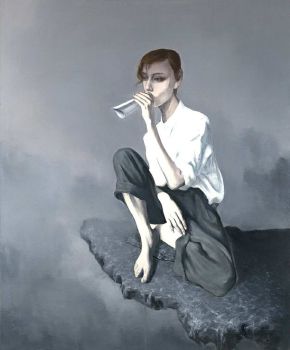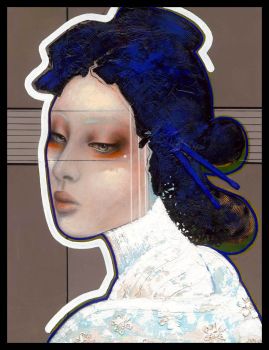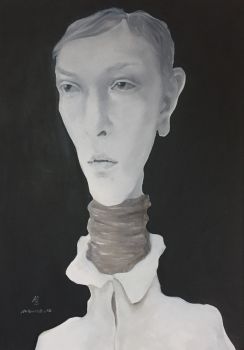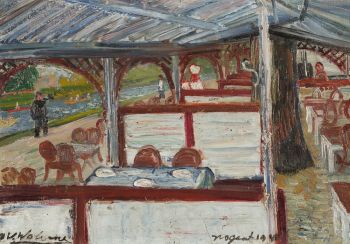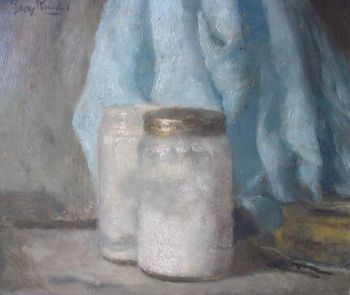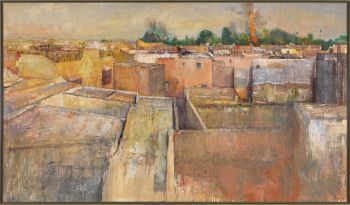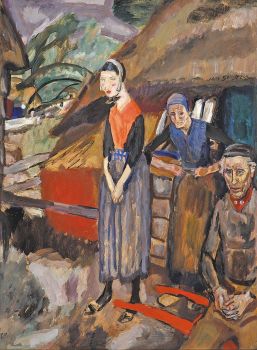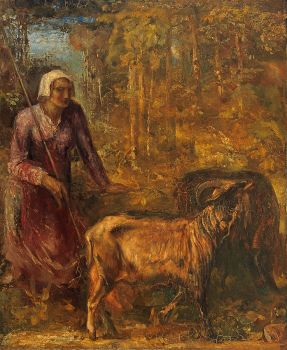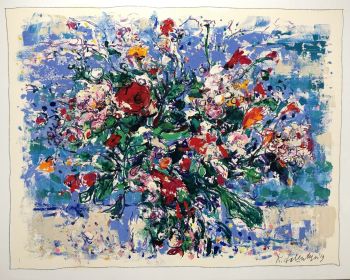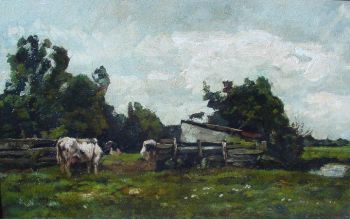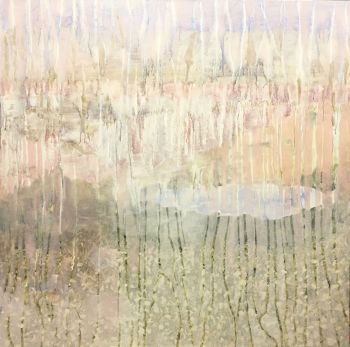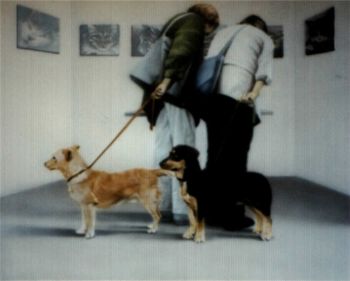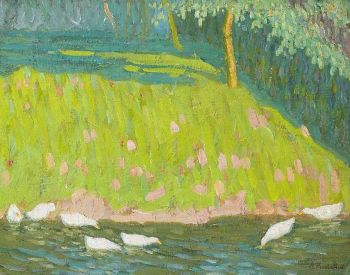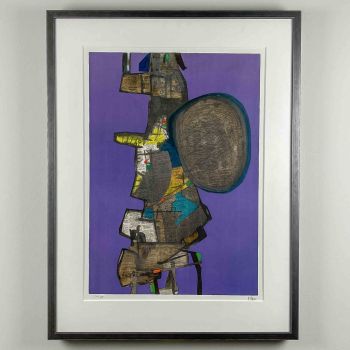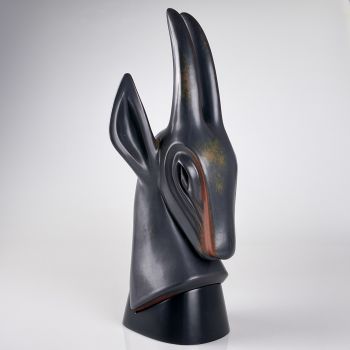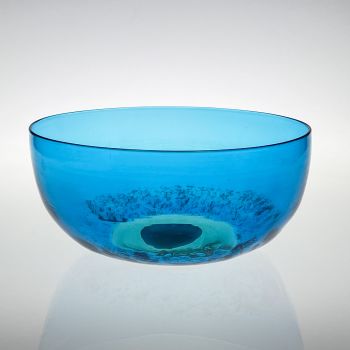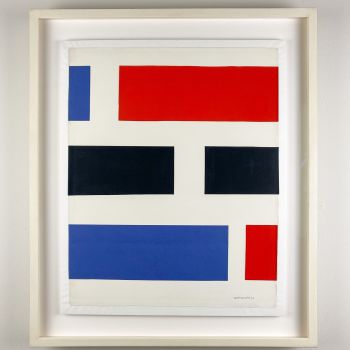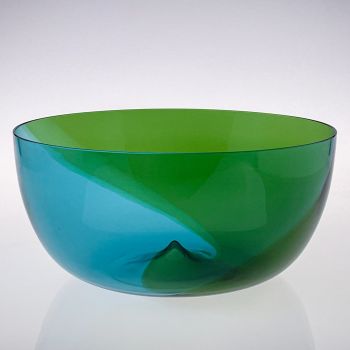Sven Erixson – “Red Flowers”, 1962 – oil on board, profesionally framed 1962
Sven Erixson
BoisPlanchePeinture à l'huilePeindre
77 ⨯ 59 ⨯ 5 cm
ConditionGood
Prix sur demande
Van Kerkhoff Art
- Sur l'oeuvre d'artAn original oilpainting on board, “Red Flowers”. Painted by Swedish artist Sven Erixson in 1962.
Signed and dated by the artist (front, bottom left). Titled on the reverse in pencil.
Professionally framed in a bespoke, painted wooden frame. Ready to hang.
About Sven Erixson
Sven Leonard Erixson (Tumba, Sweden 1899 – Saltsjöbaden, Sweden 1970) was a Swedish painter and sculptor. Affectionately known as “X-et” (X), he left an indelible mark on the Swedish art scene during the 20th century.
Erixson’s path to becoming a respected artist was a long and challenging one. He started his artistic journey as an apprentice to a master painter at the age of 14. As his passion for art grew, he honed his skills in decorative painting. Simultaneously, he took on the role of a drawing instructor at the Konstfack. A pivotal moment in his artistic education came when he spent a year at the Royal Swedish Academy of Arts. Notably, he later returned to the academy as a Professor of painting from 1943 to 1953.
Erixson’s body of work is a testament to his diverse talents. His paintings often featured landscapes with figures, infused with motifs from sunny southern locales. He also had a knack for capturing the essence of urban life and maritime scenes. His repertoire extended to intimate interiors and delicate floral compositions. In the last decade of his life, his work changed and he paintings became increasingly abstracted.
His artistic inspiration ranged from Medieval Folk art to the spirited strokes of German Expressionism. Erixson’s love for travel greatly influenced his work, drawing inspiration from Spain and the south of France. During his travels, he sought out the works of both old masters and contemporary artists, including Goya and Velazquez at the Museo del Prado, El Greco in Toledo, and Paul Klee, Lovis Corinth, Gustav Klimt, and Egon Schiele at the Bavarian National Museum.
Erixson holds a very significant place among Sweden’s modern painters, with his works displayed in most Swedish art museums. In 1932, he co-founded the artist-led gallery ‘Color and Shape’ (Färg och Form). His artistic pursuits extended beyond easel painting, including the creation of frescoes in the Holy Cross Chapel at Woodland Cemetery in Stockholm (1938 to 1940) and a significant fresco in the town hall of Huddinge (1948 to 1949), where he incorporated his childhood memories of the railroad town. Erixson’s creative endeavors also involved theatrical decor, such as his work on Garcia Lorca’s “Blood Wedding” in 1944 and his costume sketches for “Aniara” in 1959. - Sur l'artiste
Sven "X-et" Leonard Erixson (23 novembre 1899 – 17 mai 1970) se distingue comme une figure marquante de l'art suédois, célébré pour ses contributions aux multiples facettes en tant que peintre et sculpteur. Né d'Alfred et Mathilda Eriksson, il fait partie d'une famille qui verra les arts s'épanouir à travers les générations. Son mariage avec Ingeborg Erixson a donné naissance à deux enfants qui ont suivi les traces créatives de leur père : Sverre Erixson, un artiste né en 1932, et Irma. Erixson, acteur né en 1937.
Le chemin d'Erixson vers la reconnaissance artistique a été marqué par le dévouement et une recherche rigoureuse des connaissances. Débutant sa formation formelle à l'âge de 14 ans auprès d'un maître peintre, il élargit ses compétences à la peinture décorative et devient professeur de dessin à Konstfack, la plus grande université suédoise des arts, de l'artisanat et du design. Son parcours éducatif l'a ensuite conduit à la prestigieuse Académie royale des arts de Suède, où il a non seulement étudié, mais a ensuite transmis sa sagesse en tant que professeur de peinture de 1943 à 1953.
Son œuvre artistique est à la fois vaste et profonde, capturant des paysages peuplés de personnages, des scènes urbaines et portuaires vibrantes, des intérieurs intimes et des compositions florales délicates. La palette d'Erixson s'inspire d'une riche tapisserie d'influences, du charme rustique de l'art populaire médiéval aux traits audacieux de l'expressionnisme allemand. Voyageur vorace, il a trouvé une inspiration sans fin dans les paysages et le patrimoine artistique de l'Espagne et du sud de la France, étudiant assidûment les œuvres de sommités telles que Goya, Velazquez, El Greco, Paul Klee, Lovis Corinth, Gustav Klimt et Egon Schiele. leurs paramètres natifs.
L'héritage d'Erixson en tant que l'un des plus grands peintres modernes de Suède est incontesté, ses œuvres ornant les collections des principaux musées d'art suédois. Il a joué un rôle déterminant dans la fondation de la galerie d'artistes « Couleur et forme » (Färg och Form) en 1932, marquant un moment charnière dans le mouvement de l'art moderne suédois. Ses commandes sont nombreuses et variées, notamment les fresques évocatrices de la chapelle Sainte-Croix du cimetière Woodland à Stockholm (1938-1940) et la fresque captivante de l'hôtel de ville de Huddinge (1948-1949), qui mêle de manière complexe ses souvenirs d'enfance aux paysages de la ville. patrimoine ferroviaire. Au-delà de la toile, l'esprit créatif d'Erixson a trouvé son expression dans le décor théâtral, notamment pour les « Noces de sang » de Garcia Lorca en 1944, et dans ses créations de décors et de costumes pour « Aniara » en 1959, mettant en valeur son approche polyvalente et imaginative de l'art.
Êtes-vous intéressé par l'achat de cette oeuvre?
Artwork details
Related artworks
- 1 - 4 / 24
- 1 - 4 / 24
 Sélectionné par
Sélectionné parDanny Bree
Herman Bogman jr.
Flower still life of a nasturtium in a blue vase1950 - 1965
Prix sur demandeAdelwein Kunst
1 - 4 / 24- 1 - 4 / 24
- 1 - 4 / 12

